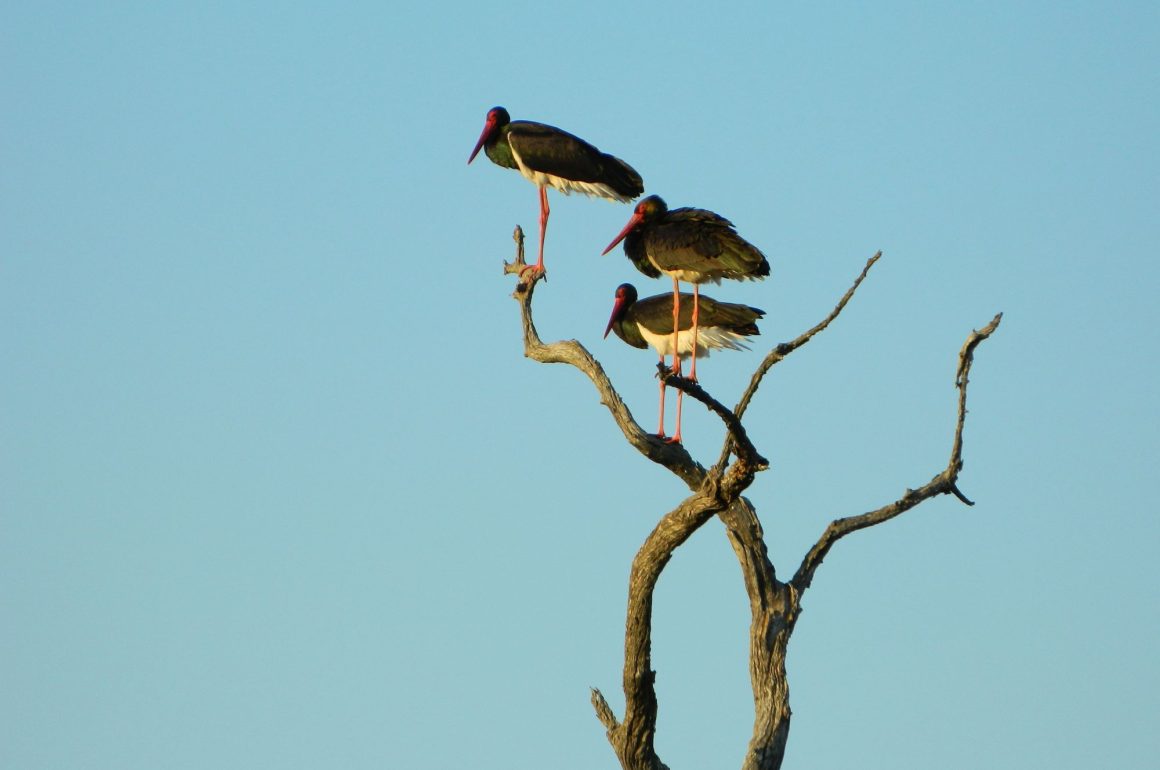
Set in the central region of Kruger National Park dominated by miombo woodland, Letaba restcamp is one of the camps I visited with my family most frequently on trips to the park back when we lived in South Africa. This post is one of several on birding in and around some camps in Kruger that I remember most fondly. Letaba is one of these because of the excellent range of species that can easily be found inside the camp, with many additional memorable sightings on game drives in the area.
If you need a break from driving for a day or just a morning, strolling around the camp can be very rewarding. Apart from the views over the river where some nice things can turn up, I’ve had very close-up sightings of Little Sparrowhawk, Green-winged Pytilia, Red-capped and White-browed Robin-Chats, and Pale Flycatcher, to name just a few that come to mind. The camp is also excellent for bushshrikes, with Sulpur-breasted and Grey-headed Bushshrikes easily seen. I once observed the latter having difficulties swallowing a roosting bat it had caught!
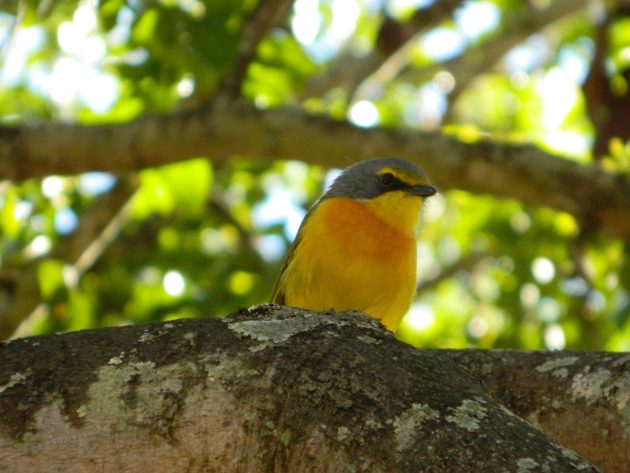
Like in most camps, the obligatory aloes around the camp reception were popular with sunbirds and other species such as Black-headed Orioles. Collared Sunbirds were common here, and Scarlet-chested Sunbirds were around as well. The deep black of these birds contrasting with their scarlet chest is simply stunnning, but I find it tricky to photograph without over-exposing the lighter areas or under-exposing the black plumage.
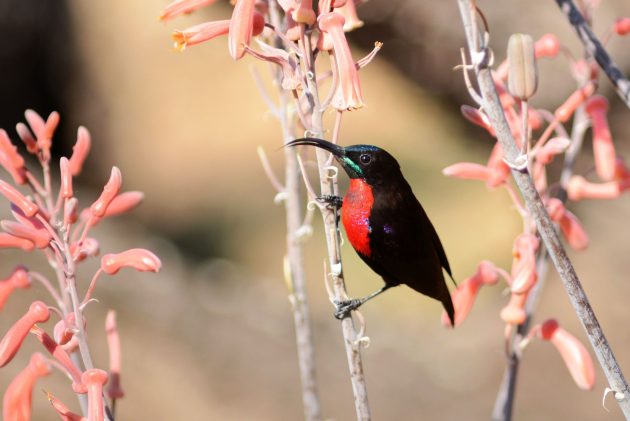
More often than not, a game drive in this area resulted in at least one special sighting. One time, this was a Hamerkop – already a fun species to watch when they’re not doing anything – gulping down a frog it had caught in a small stream. I like that the shape of the bill gives the impression of a slight smile of satisfaction gained from this productive catch.
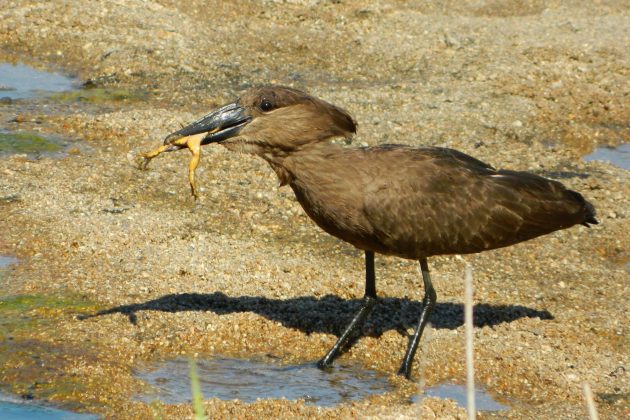
One of our highlights once was coming across a similar stream that had virtually dried out, with a small pool remaining. Saddle-billed, Yellow-billed, and Black Storks gathered here together with Hamerkop and various egrets and herons, to seize the fish that had concentrated here. We came across Black Storks several times in this area in fact, including three of these birds perched on a dead tree at sunrise (featured image). The multiple waterways in this area are a magnet for birds in the drier months, but species like the Three-banded Plover live here all year-round. Watching one of these birds having arranged a collection of antelope droppings around its nest scrape to have its eggs blend into the surroundings was one of my favourite sightings of this cute wader.
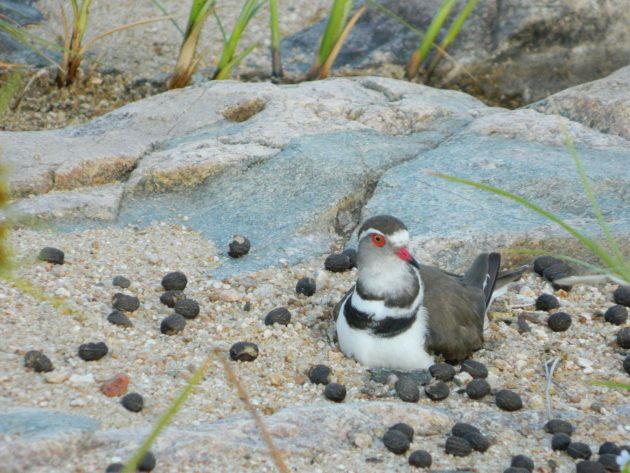
far from all species rely on the moister areas though, with Kori Bustards being particularly common in the sparsely vegetated areas. Striding around in a slow, intentional manner is typical of these birds and, together with their large size, sometimes makes these birds nearly intimidating.
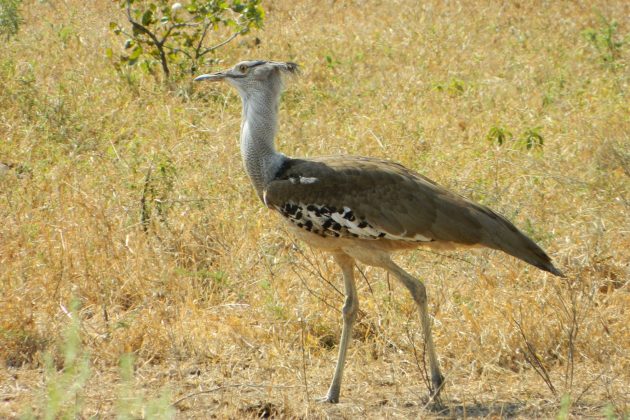
The area around Letaba always delivered – both in terms of game viewing and birding, with the range of environments creating a large number of niches for waterbirds, species restricted to woodlands, and those preferring drier open areas. Given that the camp is so productive as well, this is an area warranting more than just a day’s worth exploring.


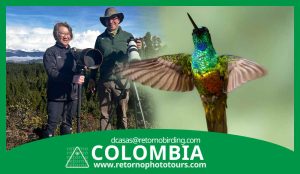
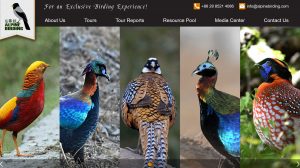
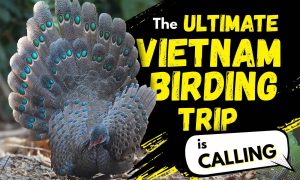
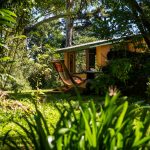
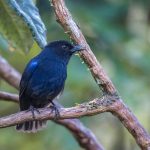
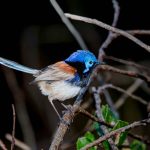
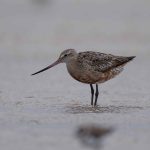
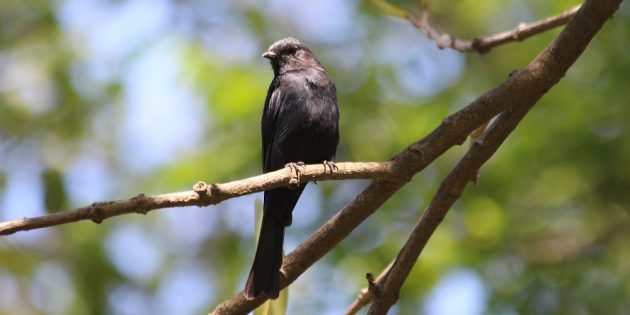

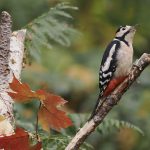
Excellent.